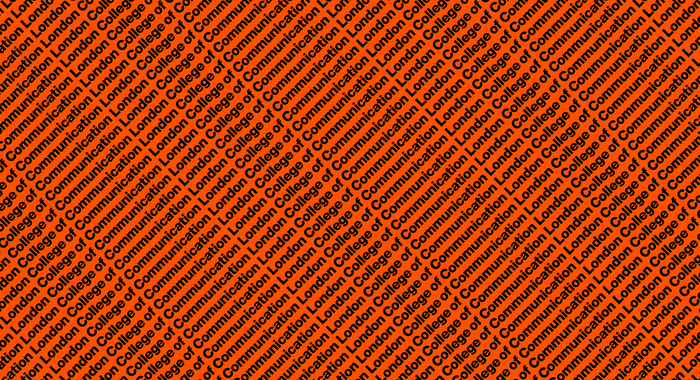SCHIZO-WAVE is a speculative design project centered around subculture metaphysics, where design is used to envision and explore future possibilities of social and humanitarian progression.
This fictional subculture presents themes of creative celebration and the natural heritage of man. The characters, costumes and music involved in this project are diegetic prototypes, designs whose origins lie inside a fictional frame in order to suspend disbelief about change which, in turn, explore the visual input and essential philosophy of this fictional subculture.
Subcultures are, in their essence, a form of escapism; a small society where like-minded people can gather and together celebrate their beliefs in a personalized sanctuary away from the many restraints and disciplinary laws of the world. Many sub- cultures surround themselves with a detailed level of visual input and design in order to help bring their selective fantasies into reality. In SCHIZO-WAVE, practitioners would gather and hold otherworldly festivals, sporting self-made masks commonly constructed by both natural materials (such as plants) and industrial products (such as toys), and perform ritualistic dances set to their own personalized genre of electronic music. The merging of both natural and man-made elements represents the subculture’s ideals of a harmonious natural and industrial world, and the supernatural creatures they dress us as promote a creative bridge between reality and figurative fantasy.
“Strega Mama” is a short film stylized as a music video that depicts the SCHIZO-WAVE concept, acting as a small window into how a SCHIZO-WAVE festival, or event, would look and feel like. Following a loose and camouflaged narrative, the visuals depict a hallucinogenic kaleidoscope of figures performing in a selection of costumes, each of which symbolize a different aspect of the subculture’s ideals. The video, combined with the music of my own composition, evokes a sense of mystery and obscure beauty, designed to induce a sense of physical, spiritual and emotional liberation. Despite the ritual madness and suggestive religious ecstasy, this is a positive outlook towards potential futures of imaginative freedom and creative development in the modern world.
Due to the extensive scope of the SCHIZO-WAVE concept, there was a lot of room for me to explore a diverse and exciting visual medium. I studied the visual aspects of Voodoo and African tribe culture, such as their elaborate masks and body art, and took inspiration from darker forms of fantasy such as Grimm’s fairy tales and Peter Pan.
Concerning SCHIZO-WAVE’s naturalist ideals and the celebration of man’s heritage, I had the idea to incorporate plants into the visual aesthetic. The ephemeral Vine Mask created the illusion that the wearer was some strange hybrid of plant and human, evoking the theme of natural ancestry. Ivy represents eternity, a fitting symbol for this zealous fictional subculture. The burnt barbie and baby doll masks, on the other hand, way more heavily on the darker elements of the project, but essentially elicit the sense of play, humour and child-like wonder. When wearing a mask, one’s personal identity and self-awareness becomes immaterial, inducing a sense of self liberation.
The plastic sheets billowing against the lucid figures, set against a power-fan off screen, break away somewhat from the overall visual aesthetic, yet I felt it a fitting answer to the large branches of ivy many of the figures can be seen dancing with; to suggest the ideals of a balance between the natural and industrial world.
I decided to incorporate the bloody human-like heart, which can be seen as an offering at the beginning and end of the film, as the heart symbolizes the core of all emotion. I used a raw lambs heart due to its size being similar to that of a human heart, and felt it correctly represented the SCHIZO-WAVE characteristics; acting as a playfully grotesque way of expressing of love and affection.

